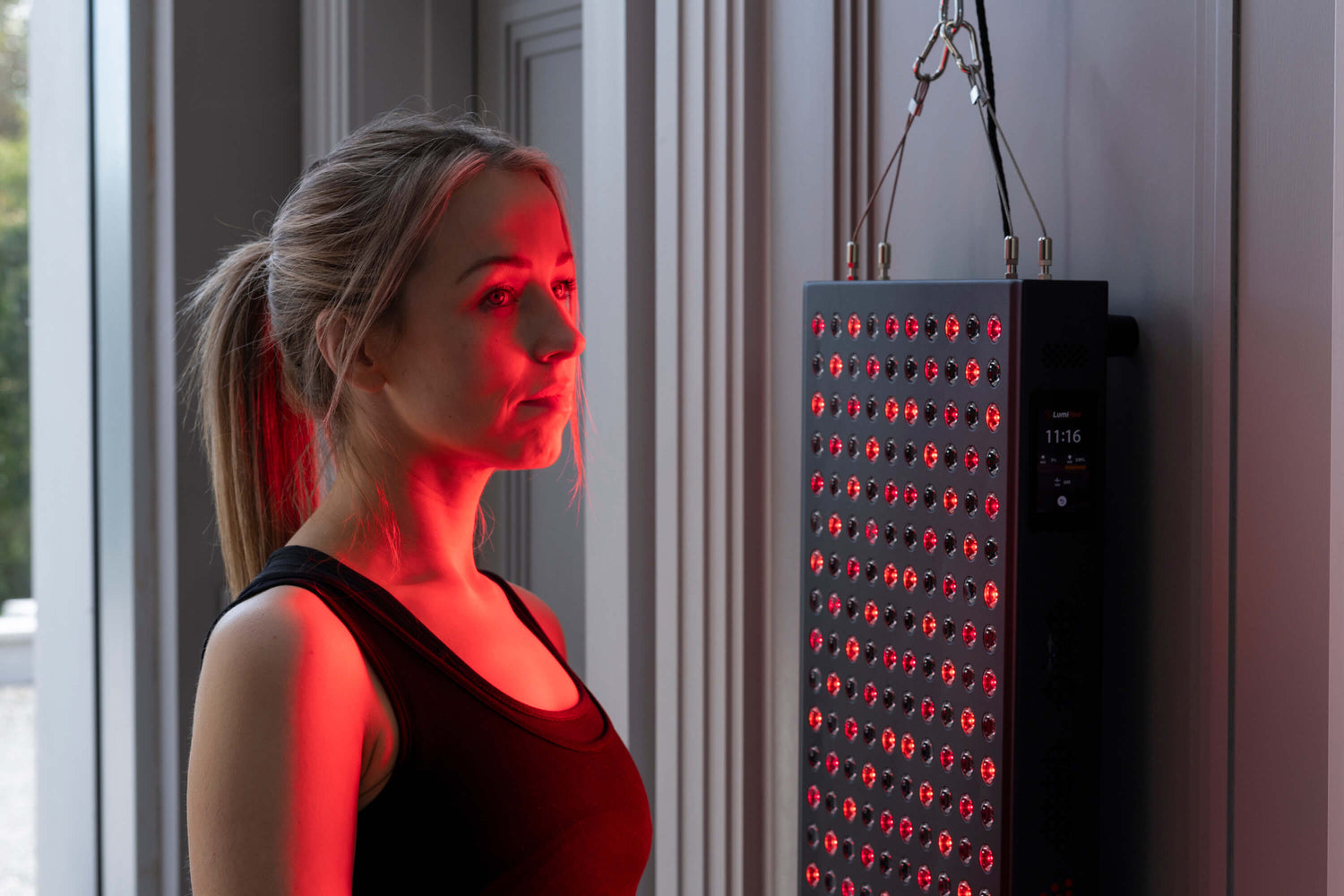Mitochondria, often described as the powerhouses of our cells, play a critical role in energy production and overall cellular health. However, when these cellular engines malfunction, known as mitochondrial dysfunction, it can lead to a cascade of health issues, from fatigue and muscle weakness to severe neurological disorders. Recently, a groundbreaking approach has come to light—red light therapy (RLT)—offering a non-invasive solution to revitalise mitochondrial function and help manage the symptoms of mitochondrial dysfunction.
Understanding Mitochondrial Dysfunction
Mitochondria are responsible for producing adenosine triphosphate (ATP), the energy currency of the cell, through a process known as oxidative phosphorylation. When mitochondria are damaged or defective, this energy production is impaired, resulting in reduced ATP levels and increased production of reactive oxygen species (ROS), leading to oxidative stress and further damage to cellular components.
Mitochondrial dysfunction is implicated in a wide range of diseases, including metabolic disorders, chronic fatigue syndrome, fibromyalgia, and neurodegenerative diseases like Parkinson's and Alzheimer's. Symptoms can range from general fatigue and muscle weakness to more serious complications such as organ failure.
Mechanism of Red Light Therapy
Red light therapy operates on the principle that specific wavelengths of red to near-infrared light can penetrate the skin and be absorbed by mitochondria. This absorption stimulates the mitochondria, enhancing their efficiency and promoting the production of ATP. The light stimulates the enzyme cytochrome c oxidase, which plays a pivotal role in the electron transport chain and ATP synthesis. By boosting this enzyme's activity, RLT helps to reduce ROS and increase ATP production, thus supporting cellular metabolism and reducing oxidative stress.
Benefits of RLT for Mitochondrial Dysfunction
RLT has been shown to have a "photobiomodulation" effect, leading to improved energy levels in individuals with mitochondrial dysfunction. This improvement is not just symptomatic; RLT appears to initiate a healing process at the cellular level, improving the health and function of the mitochondria themselves. Patients with conditions like fibromyalgia and chronic fatigue syndrome, which are associated with mitochondrial dysfunction, have reported significant reductions in pain and fatigue following RLT treatments.
Moreover, RLT's role in enhancing blood flow compounds its benefits. Increased circulation delivers more oxygen and nutrients to cells, facilitating repair and regeneration. This improved blood flow also helps in flushing out inflammatory mediators and cellular waste products, further promoting a healthy cellular environment.
Clinical Evidence and Considerations
The clinical evidence supporting RLT for mitochondrial dysfunction is growing. Studies have reported improved outcomes in muscle performance, recovery after exercise, and pain relief. However, as with any emerging treatment, more research is required to fully understand the potential applications and long-term effects of RLT.
Lumired products are meticulously designed to target the very core of cellular health - the mitochondria. Imagine a world where fatigue, muscle weakness, and the fog of neurological discomfort are alleviated with the simple, soothing embrace of light. That's the world Lumired is creating. With a specific focus on the optimal wavelengths that stimulate mitochondrial activity, these products are more than just a treatment; they're a transformative experience for your cellular well-being.
Conclusion
Red light therapy is illuminating the path to a new understanding of mitochondrial dysfunction and its management. By addressing the root of the problem—mitochondrial health—Lumired offers a promising supplement or alternative to conventional treatments. As the scientific community shines more light on the intricacies of mitochondrial function and the therapeutic potential of RLT, we may be on the cusp of a new era in the treatment of mitochondrial-related diseases, where the light at the end of the tunnel is red and healing.




